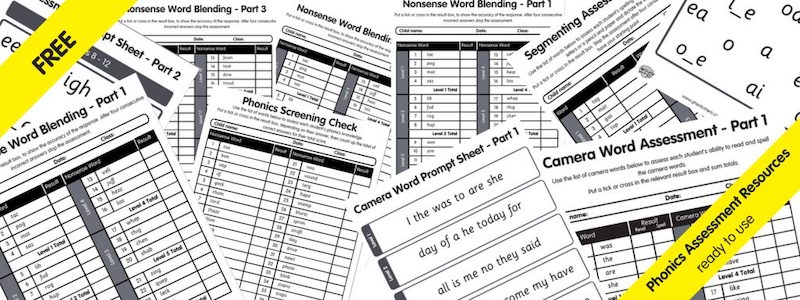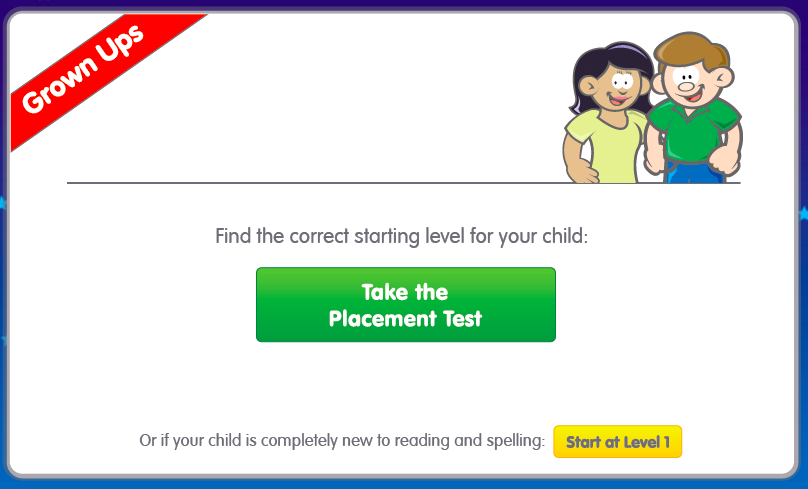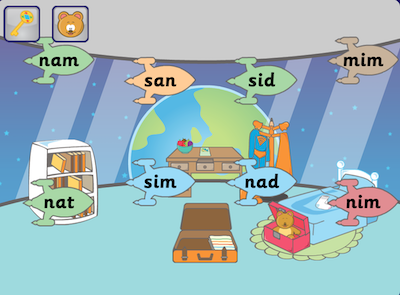
It is the beginning of a new school year, after a long school holiday of 6-8 weeks. Have you decided what you are going to start teaching in the area of phonics? Have you thought of the phonics assessment you will conduct this year? Included in a Phonics Hero Teacher Account are free paper phonics assessments. If you purchase the add-on, Child Accounts, there are also child and class progress reports so you can quickly see what was achieved by the end of the last term.
It is dangerous to assume that a student can or should pick up where he left off. In my experience, in the absence of 6-8 weeks of phonics revision and application, some students (in particular, those with specific learning difficulties related to memory deficits) may have slipped back in their level of performance by up to a full term. In contrast, other students, who have been revising and/or applying their phonics knowledge and skills over the holidays, may now be performing at a higher level than before.
This ‘summer effect’ is particularly pronounced with disadvantaged primary students, who have been found to lose 1.5 years of reading skills over the summer months (Cooper et al. 1996). You don’t want to start off the year with a frustrated or bored student. How can you know where you should start teaching phonics? By assessing current phonic skills using our phonics assessment resources!
Decoding (reading) and encoding (writing) require a number of phonics-related skills and each of the following should be assessed:
To assess letter-sound correspondences, use a checklist drawn from your literacy program. Here are your phonics assessments for Phonics Hero.
To assess phoneme/sound knowledge, show the student the prompt sheet. Point to a letter(s), for example, ‘s’ and ask ‘When you see this, what sound does your mouth make?’ Record accuracy with a ‘y’ or ‘n’. Where multiple responses are expected (e.g. ‘c’ as /k/ and /s/) note those known. This must be an individual assessment.
For Part 2 and 3, the prompt sheet includes all of the spelling choices within that unit (e.g. ‘ea’, ‘ee’, ‘y’ and ‘e’). When assessing Part 2, point to each spelling choice and ask the child: “When you see this, what long vowel sound does your mouth make?” Remember that some letter groups can represent more than one sound (e.g. ‘e’ as in ‘we’ or as in ‘egg’). If a child gives an alternative sound, ask: “What other sound can your mouth make when you see these letters?”
To assess spelling of the sound-letter correspondence, provide the student with the sound and ask him to provide the possible spelling(s). This can be an individual or group assessment. Where multiple responses are expected (e.g. /s/ spelled ‘s’, ‘ss’, ‘c’, ‘ce’ or ‘se’), note the spellings known. You can use the same assessment record we have provided.
Ability to orally blend sounds is included in many phonological awareness tests.
It is compulsory in all state schools in England to administer to Year 1 students a Phonics Screening Check. This is administered again at the end of Year 2 if students have not reached the expected standard in Year 1. The check consists of 20 real words and 20 pseudo-words that a pupil reads aloud to the teacher. Increasingly, the Australian states are looking at the development of an Australian version of this test for Year 1 students – read more about the Australian Phonics Check.
In both countries, students are given nonsense/pseudo-words (words like ‘spret’ or ‘ged’) to read to ensure that they use phonic knowledge and decoding skills rather than other word recognition strategies such as remembering the shape of a known word or using pictures to guess the word.
Here are your phonics assessments for nonsense words:
I always record incorrect responses and analyse them later to determine what knowledge and understandings are absent.
Oral segmentation of words is included in phonological awareness tests. There are a number of standardised spelling tests on the market, but these may not be very helpful in the determination of where to start teaching. Again, here are your assessment tools:
Record any incorrect responses on the sheet in the Result box. This will allow you to analyse the part of the word that is problematic.
Each literacy program has its own list of phonically irregular words to be learned for reading and spelling (containing words such as ‘said’ and ‘friend’). This should form the basis of a checklist. Here are your assessments to align with Phonics Hero:
Ask the student to read and spell the words on your list.
Decodable text (containing words made up of only GPCs and sight words explicitly taught) should be used to assess sentence reading and writing. There are a number of commercial decodable reading series from which you can draw sentences. SPELD SA’s website provides free-to-download decodable texts. To assess writing, dictate sentences in phrases of about 3 words.
With our add-on, Child Accounts, when children start playing they will be presented with the option to start at the beginning or take a placement test, like this:
 The placement options given at the start of Phonics Hero.
The placement options given at the start of Phonics Hero.If you choose the placement test, the game uses nonsense words to assess the child, like this:
 The placement test.
The placement test.One thing to remember is your phonics assessment is always going to be better than a computer’s, so I would recommend you move the children based on your own data. You can move children’s levels from your Teacher Account – this video shows you how:
Reading and writing are developmental processes, so within any year group there is likely to be at least a five-year spread in skills and knowledge. This is why an individual phonics assessment at the start of the academic year is so important. Once you have the information about a student’s knowledge and skills, you can assign that student to the appropriate starting place. The Phonics Hero program can be used alongside a variety of explicit, systematic phonics instruction programs. It allows you to individualise a student’s learning, determining the Part and Level on which they should start work and how long they should spend there.